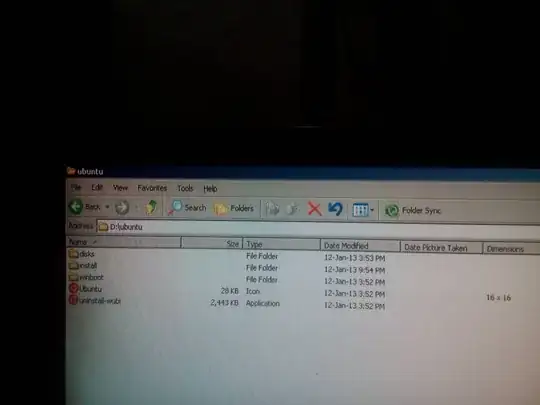I think you have been misled by the engineer.
If you really want do dual boot ubuntu with win7, that is a fairly straightforward process.
Ubuntu will happily co-exist in a dual-boot configuration with windows, with windows first to be in place. The opposite scenario is actually the more troublesome to setup. Windows can clobber the MBR+grub setup and render Ubuntu unable to boot but in the scenario you have got, it should not be a problem.
The main question - is do you have sufficient disk space to accomodate the Ubuntu install. You'll have to probably resize your existing Win7 partition to make some space available for ubuntu.
If you run the ubuntu installer, you can do the resize using GParted.
You can also resize the windows partition using windows Disk Management.
After resizing partitions, you should be able to able to smoothly run Ubuntu install.
There shouldn't be any issues with the Win7 license.
As a fallback, you can run a clone image backup of your current disk state which you can restore just in case you need to.


